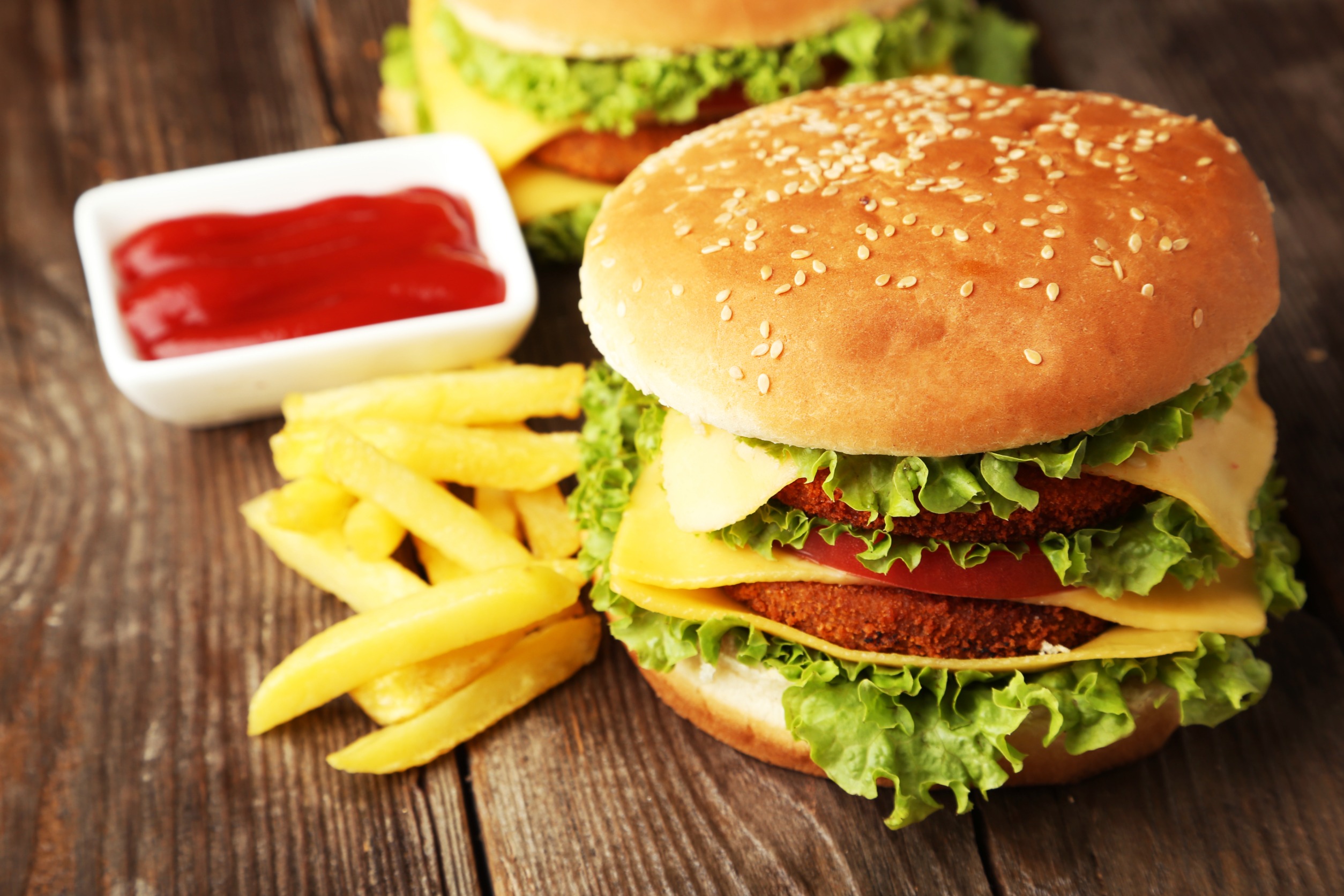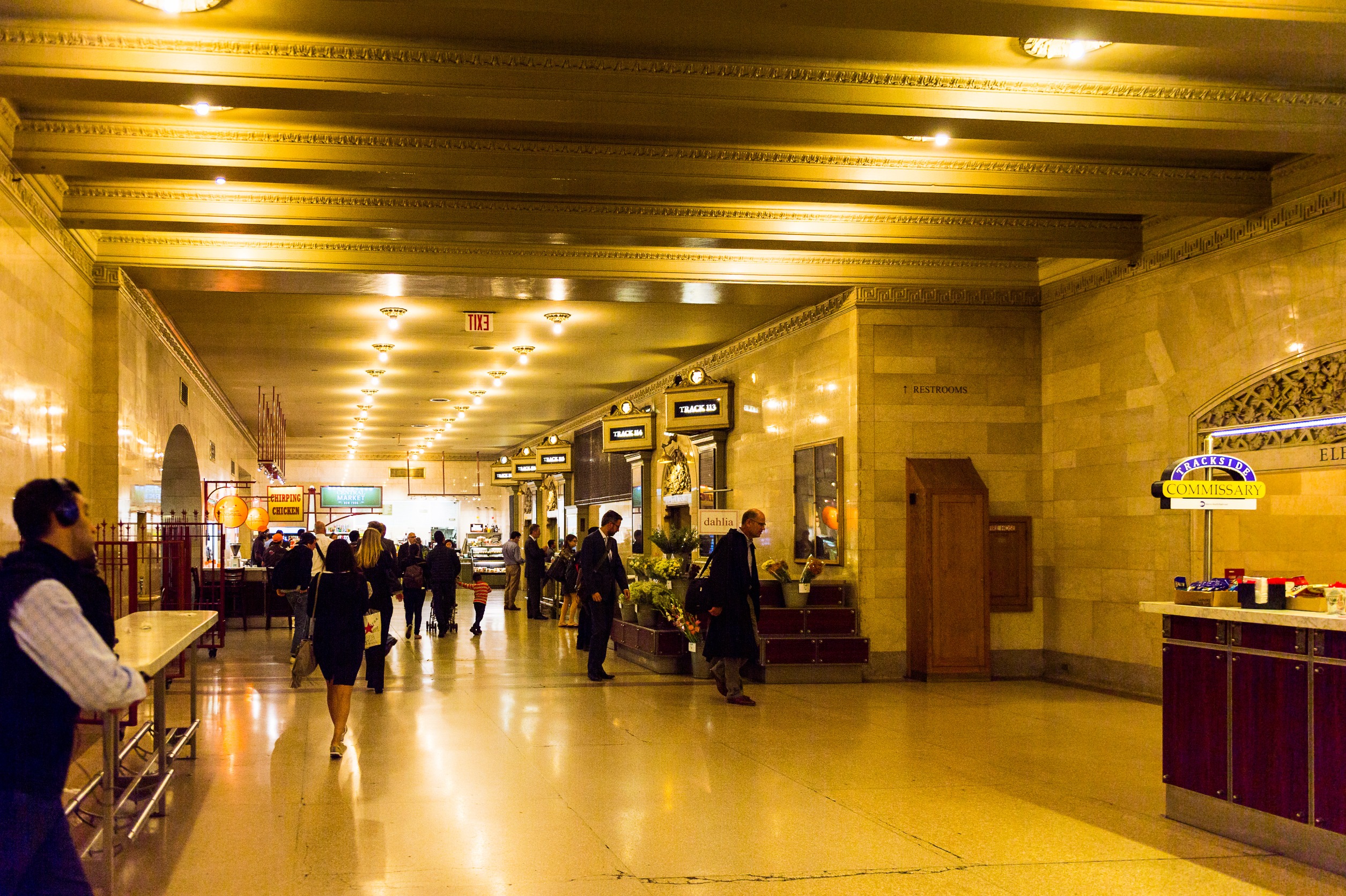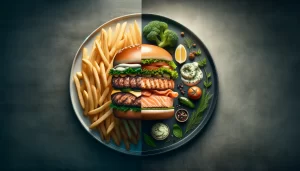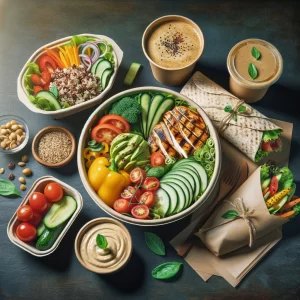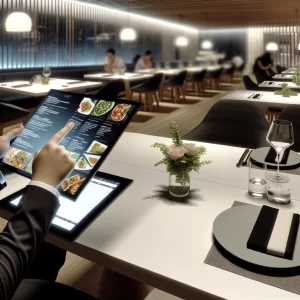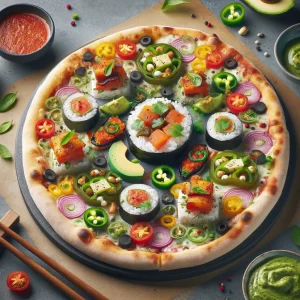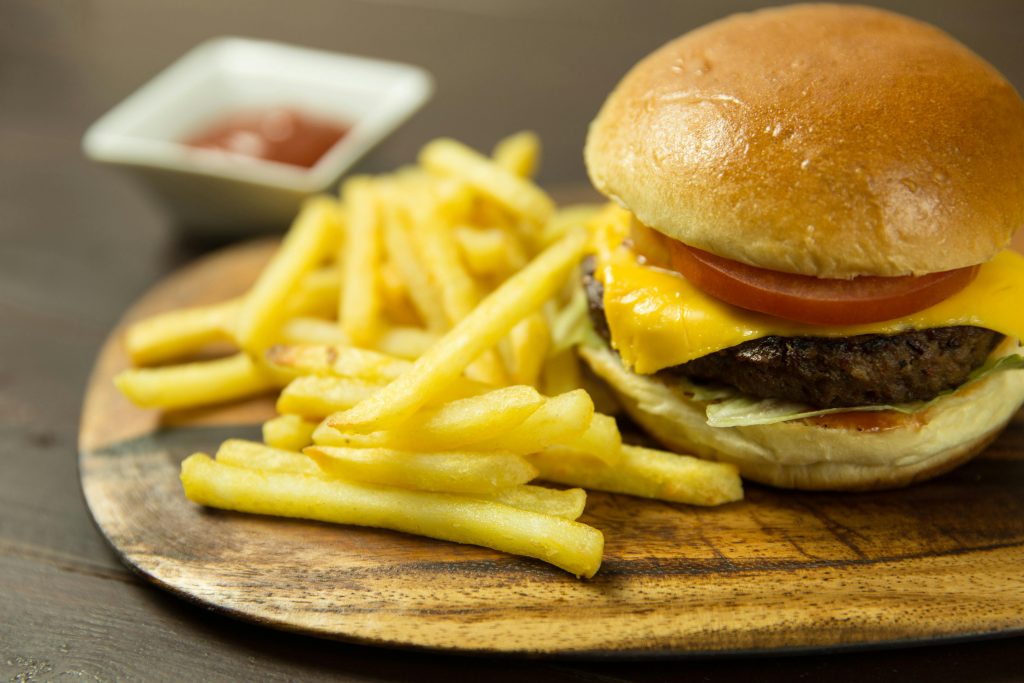
With so many options at our fingertips, fast food is the ultimate convenience. It’s easier than ever to reward ourselves with a treat and pick up our favorite fast food. According to a study by the Journal of Marine Medical Society, The fast-food market is growing at a compounded annual growth rate of 4.6% worldwide. However, with rising prices fast food is no longer an inexpensive food option.
History of Fast Food
Fast food establishments were first born to provide quick, affordable meals for busy individuals. White Castle is often dubbed as the first fast-food chain. Founded in 1921 it offered affordable hamburgers and pioneering assembly-line methods for efficient food preparation. After WWII, car culture led to the rise of fast food chains like McDonalds gaining popularity.
Rising Costs
Between 2014 and 2024, average menu prices at popular fast-food chains increased by 60%, with some chains like McDonald’s experiencing increases exceeding three times the national inflation rate. Rising labor costs have contributed to this rise in prices, with some chains paying workers up to $20 per hour. According to a March 2024 report by the Federal Trade Commission, higher operating costs, supply chain disruptions, and corporate profits have also contributed to high food prices. These additional expenses have been passed down to the consumer making fast food restaurants no longer an affordable option.
Most Americans eat fast food 1-3 times per week. Data from the National Center for Health Statistics from the Center for Disease Control shows that a little over one-third (36.6%) of adults in America eat it on any given day. On average, a US household will spend 10% of their annual income on fast food. This amount of money spent on fast food can be detrimental to your savings. To keep your budget on track, it’s important to resist treat culture and the convenience of fast food. There are still affordable ways to feed yourself and your family, some of which are still easy.
Ways to Adjust Your Spending
According to a 2024 survey conducted by LendingTree, 78% of consumers now consider fast food a “luxury” purchase due to its increasing cost. Many consumers now look for chains that offer meal deals. Recently McDonald’s has launched their $5 meal deals and Taco Bell offers a value box. While these initiatives don’t really increase sales for fast food chains, they do retain customers who are shying away from fast food due to its cost. If you do purchase fast food, look for value items and take advantage of deals, which are usually offered in the chain’s app.
To truly save money, you may have to ditch fast food altogether. Many consumers find the most value in cooking at home and purchasing read-to-heat meals from grocery stores. If you rely on fast food for affordable options, you may have to find new ways to save on food. Consider finding ways to save on groceries like couponing, using services like Flash Foods for discounted items, or using a low-cost meal delivery subscription like EveryPlate.
How often do you eat fast food? How much do you spend per month? Let us know in the comments.
Read More
7 Things Your Mom Should Have Told You About Men and Why She Didn’t
The Ultimate Frugal Shopping List for People Who Always Forget The Essentials

Teri Monroe started her career in communications working for local government and nonprofits. Today, she is a freelance finance and lifestyle writer and small business owner. In her spare time, she loves golfing with her husband, taking her dog Milo on long walks, and playing pickleball with friends.

